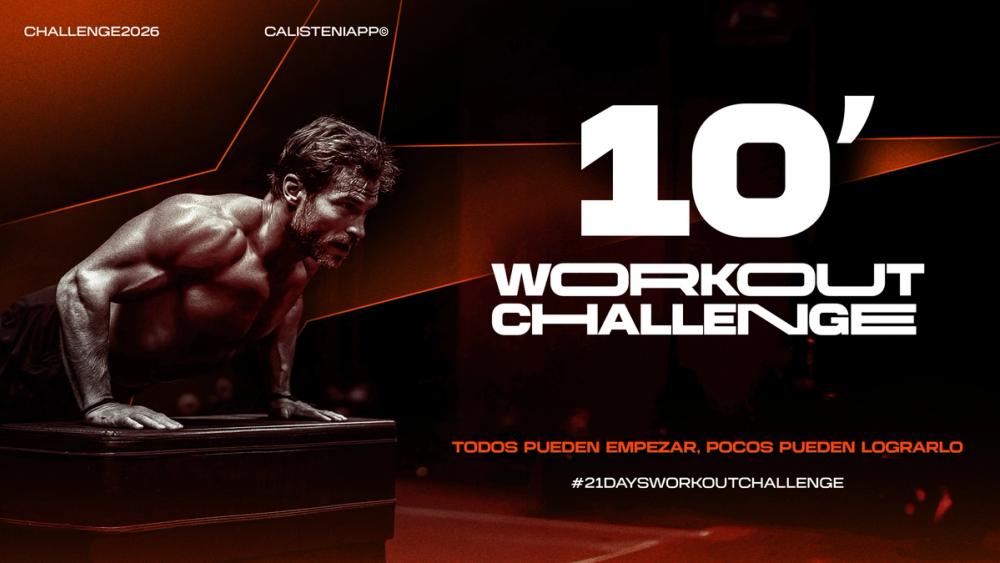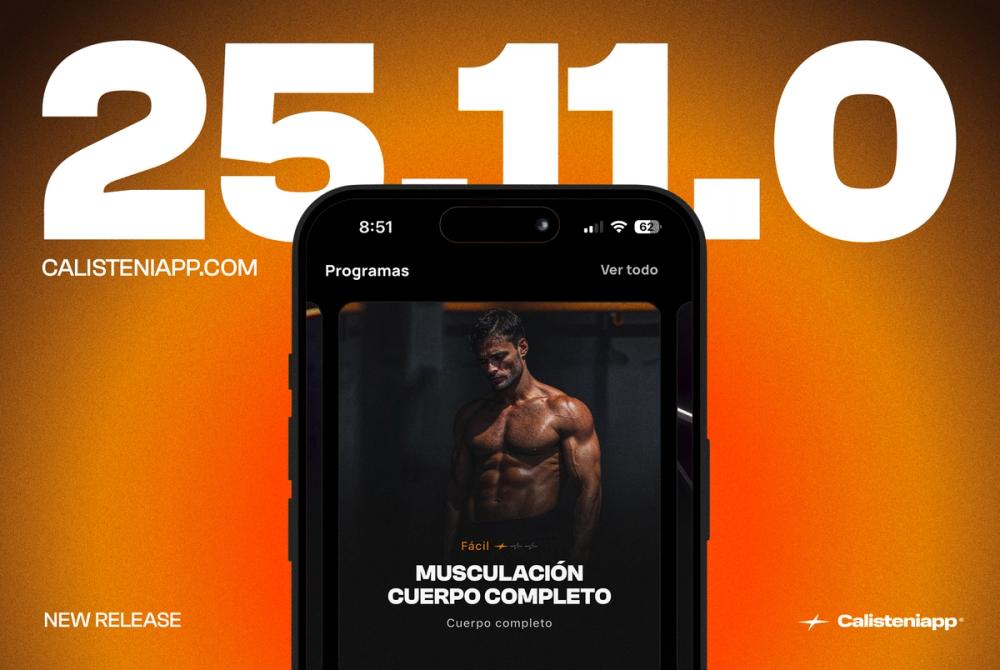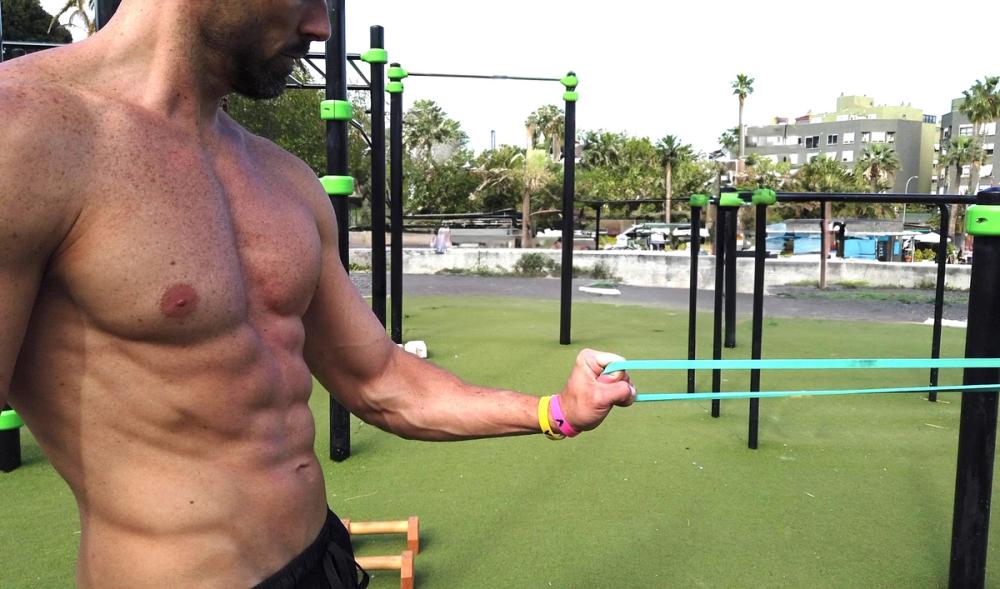
Calisteniapp 10' Workout Challenge
Start training or give your routines a boost with this 21-day Calisthenics challenge for all levels that will put your discipline to the test.

The headstand is a variation that is often used in yoga and break dance, in which you place yourself in an inverted position supporting yourself with your hands and head. Compared to the normal handstand, it is a much simpler variation since these 3 supports make it easier to maintain balance.
I recently published an article on tips to improve the handstand and someone told me that I should recommend this headstand as a progression to learn how to do the handstand since it is very necessary and helps a lot.
In today's article we are going to analyze if this is true, what advantages there are to practicing this handstand, what problems or disadvantages it can bring us, a small tutorial to do it and much more. Let's get started.

Let's first see what advantages practicing the headstand can bring you, the most important advantage being that it is much easier than the normal handstand.
This progression allows people who are still a long way from being able to do a normal handstand and do not have the necessary strength to do so to at least get into an inverted position and perform a trick that looks aesthetically pleasing and motivates them to continue advancing.
The second advantage it has is that it teaches you to control your balance with your legs and core. Learning to make small corrections and to have enough proprioception to not fall.
Now let's move on to the disadvantages, among which I would highlight the difference between controlling a normal handstand and a headstand.
You see, as we mentioned before, in a headstand you mainly use your hips, core and legs to balance your body and stay in the position without falling. However, in a normal handstand you will use your fingers, wrists, elbows and shoulders to a greater extent than your hips and legs.
In this way we see that one exercise does not clearly transfer to the other, it is not a progression like in other movements, in which the progressions use the same muscles and patterns as the final versions but to a lesser extent. Instead, in this case different patterns are used.
I think you should be careful not to settle for doing this version as a progression to get the normal handstand and that's it, because it is not very useful to try to achieve it that way.

Another small drawback that the headstand has is the issue of the cervical vertebrae. In healthy people who do not have previous problems, who are not overweight and who do not repeat this movement too many times a day there would be no problem.
But, if you have ever had cervical problems or if you are overweight, you should be very careful or even avoid this exercise. Also, even if you are healthy, you should not do too many repetitions a day, since it is a position that can be compromised for the area.
For those who want to learn how to do this movement, here's a quick mini tutorial.
Once you're in position, you can play around with different leg movements.





Once you're able to do handstand push-ups thanks to the tutorial I recently posted, you'll be able to lift yourself from this position to a regular handstand.
In conclusion, the headstand is a simple exercise that has some uses to help you with the normal handstand, but it is certainly not necessary or essential to learn it. If you like this exercise and want to practice it, that's great, but if you're only interested in the normal handstand, there are other more useful progressions that you can do.
For more information, I recommend my other articles on handstands and the routines and training programs that we have on Calisteniapp, which by the way, we just released the new, updated version that I think you'll like a lot and will be very helpful.
By Yerai Alonso

Yerai Alonso
Cofundador de Calisteniapp, referente en calistenia y el street workout en Español. Con más de una década de experiencia, es creador de uno de los canales de YouTube más influyentes del sector. Autor del libro La calle es tu gimnasio, campeón de Canarias y jurado en competiciones nacionales e internacionales.
Join our newsletter
Learn everything you need to know about calisthenics

Start training or give your routines a boost with this 21-day Calisthenics challenge for all levels that will put your discipline to the test.

Calisteniapp is a symbol that represents our obsession with excellence, our essence, and the path we want to define for the next ten years.

Descubre los mejores ejercicios de antebrazo para calistenia. Mejora fuerza, agarre y control corporal con entrenamientos efectivos sin pesas.
